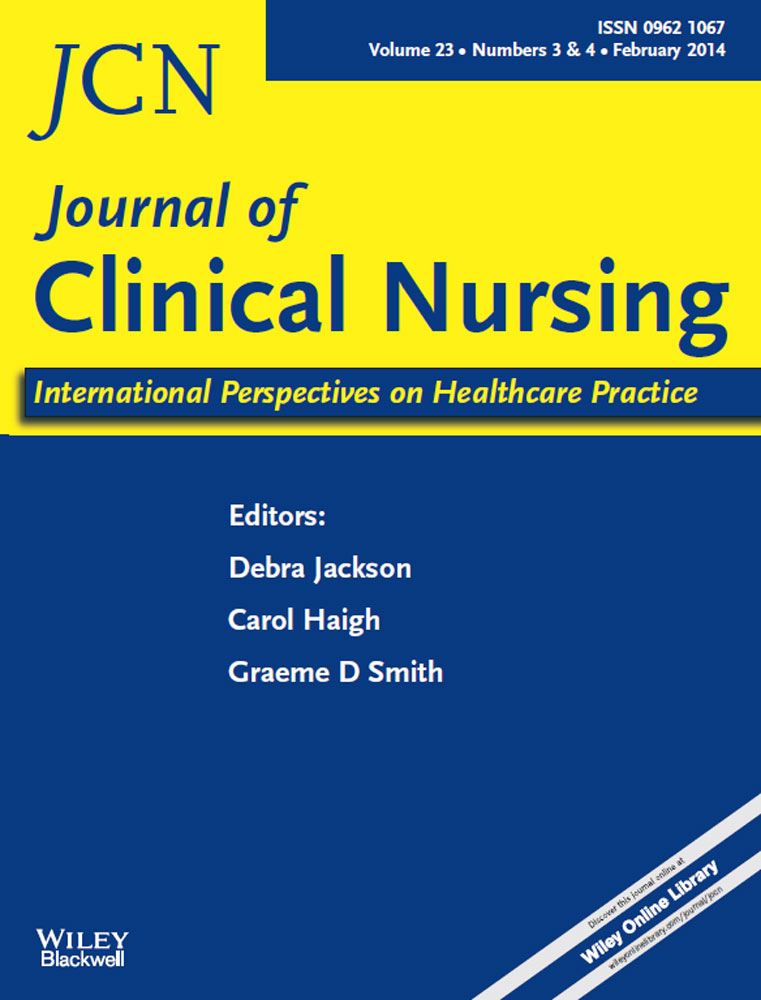Simulation as a learning strategy: supporting undergraduate nursing students with disabilities
Abstract
Aims and objectives
To promote simulation as a learning strategy to support undergraduate nursing students with disabilities.
Background
Supporting undergraduate nursing students with disabilities has gained further momentum because of amendments to the Disability Discrimination Act in 2009. Providers of higher education must now ensure proactive steps to prevent discrimination against students with a disability are implemented to assist in course progression. Simulation allows for the impact of a student's disability to be assessed and informs the determination of reasonable adjustments to be implemented. Further suitable adjustments can then be determined in a safe environment and evaluated prior to scheduled placement. Auditing in this manner, offers a risk management strategy for all while maintaining the academic integrity of the program.
Design
Discursive.
Methods
Low, medium and high fidelity simulation activities critically analysed and their application to support undergraduate nursing students with disabilities assessed.
Results
With advancing technology and new pedagogical approaches simulation as a learning strategy can play a significant role. In this role, simulation supports undergraduate nursing students with disabilities to meet course requirements, while offering higher education providers an important risk management strategy.
Conclusion
The discussion recommends simulation is used to inform the determination of reasonable adjustments for undergraduate nursing students with disabilities as an effective, contemporary curriculum practice. Adoption of simulation, in this way, will meet three imperatives: comply with current legislative requirements, embrace advances in learning technologies and embed one of the six principles of inclusive curriculum. Achieving these imperatives is likely to increase accessibility for all students and offer students with a disability a supportive learning experience.
Relevance to clinical practice
Provides capacity to systematically assess, monitor, evaluate and support students with a disability. The students' reasonable adjustments can be determined prior to attending clinical practice to minimise risks and ensure the safety of all.




